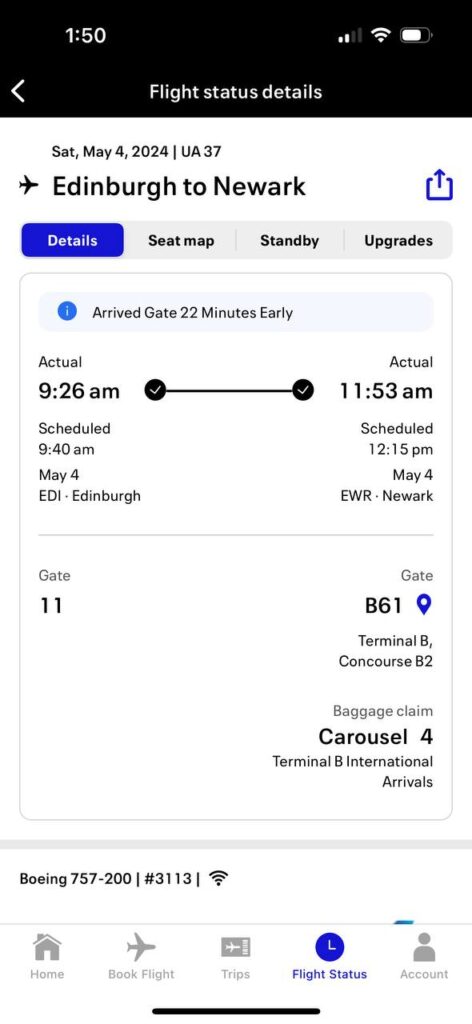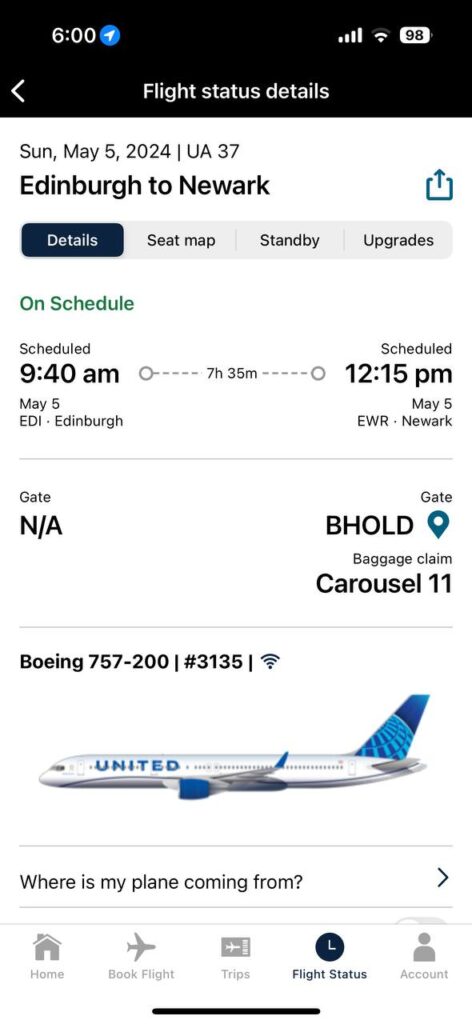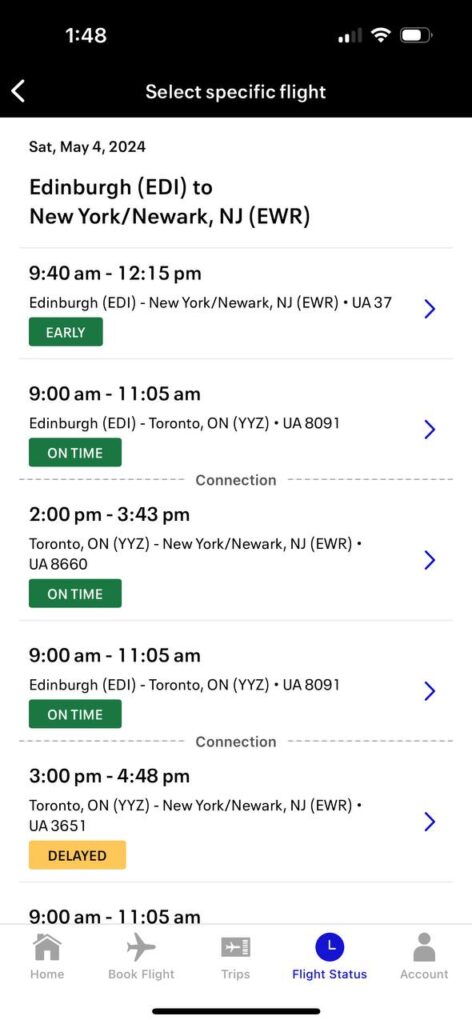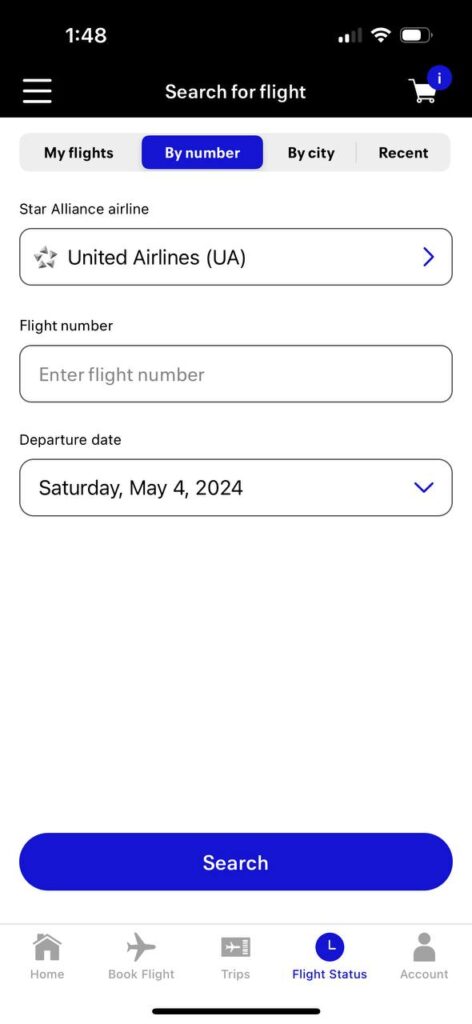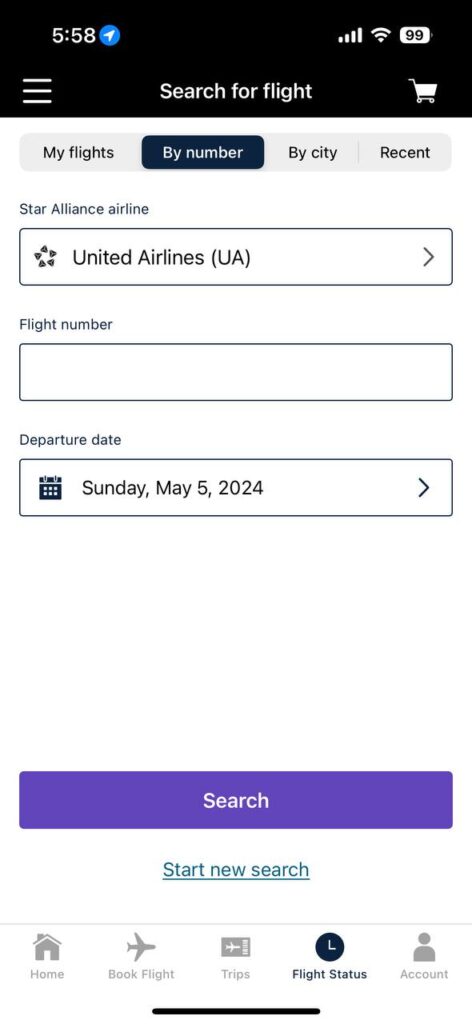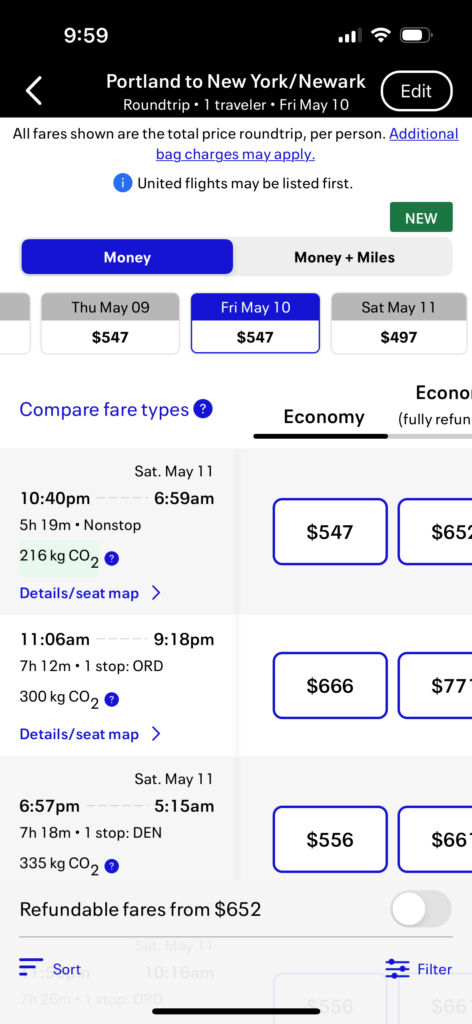From KLM —
Starting from October 27, KLM will fly three times a week on Tuesday, Friday and Sunday between Schiphol and Portland in winter. In summer 2025, KLM will fly five times a week on Monday, Wednesday, Thursday, Saturday and Sunday between Schiphol and Portland. The flights are operated by the Boeing 787-9 and offer 30 seats in World Business Class, 21 seats in Premium Comfort Class, and 224 seats in Economy Class.
It isn’t outright stated in the release but this service replaces Delta’s daily A330 service between Portland and Amsterdam. This is overall a large reduction in seats on the route, especially since it will no longer be daily in the summer.
This route originates from Northwest’s old route network which Delta continued for a little while and then slowly started shrinking over time. Delta has operated it as a “scissor” route, meaning the flight would fly Portland-Amsterdam-Detroit so that the plane could rotate through a Delta hub for maintenance. The return flight to Portland would operate in a similar fashion. This probably created a small amount of planning headaches, but Delta had been doing it for years.
Because Delta has a joint-venture with KLM/Air France, KLM flying the route will still earn Delta cash and they can connect some traffic through PDX, though I think that will be rare. KLM will operate a more fuel efficient plane, the Boeing 787-9, reducing costs on the route.
At the same time, I think it’s a downgrade for Portlanders both because of the reduction in schedule and because of the plane change. In economy Delta operates the A330 with 2-4-2 seating while KLM’s 787-9s operate with 3-3-3 seating. For a couple traveling together, those 2 seats by the window are a great option. The reduction in service is disappointing but maybe KLM will up the summer flying after selling the route for a while and seeing how well (or not well) it is doing. Of course the news release doesn’t acknowledge the reduction but in my opinion it should.
It does make me wonder about the future of Delta’s base at PDX. It feels like they are so focused on making Seattle work that they’ll reduce other west coast flying in pursuit of that goal. There have been rumors of Delta trying to get a Portland-Seoul route operating but I am very skeptical of that happening.
One little side note, at the bottom of the KLM press release it states:
Portland is the capital of the state of Oregon.
Portland is not the state capital of Oregon.


